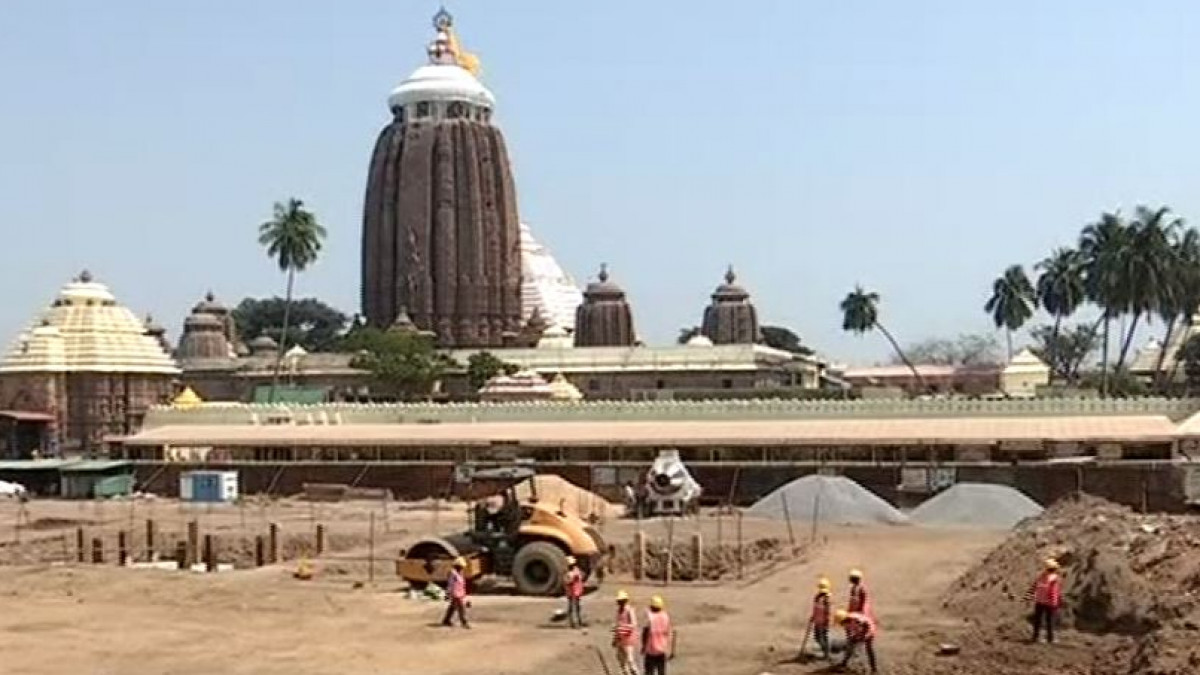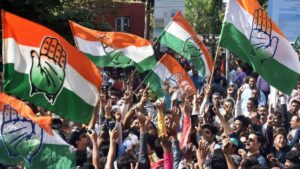SUPREME COURT VERDICT WENT IN FAVOUR OF ODISHA GOVERNMENT

BHUBANESWAR (The Quiver) : On Friday , the Supreme Court of India dismissed two petitions filed alleging illegal construction and redevelopment works of Odisha government around Shree Jagannath Temple in Puri under Srimandir Heritage Corridor Project, by observing those PILs as Publicity Interest Litigation or Personal Interest litigation. The apex court terming the petitions as “frivolous” and contrary to public interest has imposed a penalty cost of Rupees 1 lakh on each petitioner. After the Supreme Court verdict on Srimandir Heritage Corridor Project , the allegations against the legality of the project stands on question.
WHAT WERE THE ARGUMENT OF THE PETITIONERS?
The Petitioners had submitted the argument before the Supreme court that Shree Jagannath Temple, Puri, has been declared a monument of AMASR Act, 1958 through Gazette Notification 3rd Feb 1975 and under Section 19(1) of the AMASR Act . So no person including the owner occupier can construct any building within the protected area. It has been argued that Section 20A of AMASR Act is clear about the fact that there cannot be any construction within the 100 meter distance of the prohibited area. Against the act the Government of Odisha is doing unauthorized construction work which is posing serious threat to the structure of the ancient temple of Mahaprabhu Shree Jagannath.
Senior advocate Mahalakshmi Pavani appearing from the side of a petitioner submitted an objection, as per the Ancient Monuments and Archeological Sites and Remains Act 1958, the State Government has to mandatorily obtain an NOC from the competent authority who is the Director or Commissioner of Archeology , for carrying out any works in a protected site.
But Odisha government had took an NOC from the National Monuments Authority for the construction works instead of getting the NOC from the Director or Commissioner of Archeology. The senior counsel referred to inspection reports to submit that “irreparable damage” has been cause to the heritage site.
Advocate Vinay Navare, appearing for the second petitioner, mentions ,”What’s happening is excavation. These are centuries old monuments. Also, you can’t give it to someone from outside. Report of officer of Archeology department records that construction carried out is within prohibited area”, he submitted.
He claimed ,” Report of officer of Archeology department records that construction carried out is within prohibited area”.
According to the petitioners, the State Government has carried out make some construction works exactly adjacent to the western side of Meghanad Pacheri (which is coming under prohibited area), which is an integral part of the Temple by excavating through heavy excavators more than 30 Feet depth from the ground level. Further, it has been alleged that cracks have been found in the temple and its wall.
WHAT ARE THE ARGUMENTS OF STATE?
Advocate General of Odisha , Ashok Kumar Parija ,from the behalf of the state government mentioned by marking that the competent authority under the AMASR Act is the National Monuments Authority and Director Culture of the State of Odisha and the Odisha government had notified them. AG Ashok also claimed that the activities undertaken by the State do not come within the purview of “construction” as per the Act . Referring to Section 2(dc) of the Act, he told that any re-construction, repair and renovation of an existing structure or building, or, construction, maintenance and cleansing of drains and drainage works and of public latrines, urinals and similar conveniences, or, the construction and maintenance of works meant for providing supply of water for public do not come within the ambit of “construction”.
The AG said the state has undertaken such activities to facilitate the pilgrims with legal permission of NMA.
Senior Advocate Pinaki Mishra representing Odisha government submitted that around 15-20 lakhs people visit the place during the Rath Yatra time and there has instances of stampedes in the past. Therefore, there was a need to clear the area and also to increase the amenities for pilgrims.
The court made it clear that the construction works undertaken by the State Government are necessary in the larger public interest and are in tune with the Ancient Monuments and Archeological Sites and Remains Act 1958 and also with the earlier directions issued by the Supreme Court in relation to the administration of the temple.
The Court said that a hue and cry was made that construction was against ASI report, however note of the Director General would falsify this position. The High Court had recorded the Advocate General’s submission that no archeological remains are missed out or damaged.
The court observing the Odisha government construction activities carried for facilities and amenities of devotees. The court made it clear that the state cannot be stopped from carrying out necessary work needed for larger public interest in order to facilitate the devotees. The bench comprising of Justice BR Gavai and Justice Hima Kohli deprecated the PILs filings observing them as a waste of Judicial time allowed the Odisha government to continue the developmental works.
Welcoming the verdict of Supreme Court on construction work of Shri Mandir Heritage Corridor Project , CM Naveen Tweeted, “Without your wish a leaf does not make moment, Jay Jagannath.”
Senior advocate Pinaki Misra , Puri MP tweeted,








